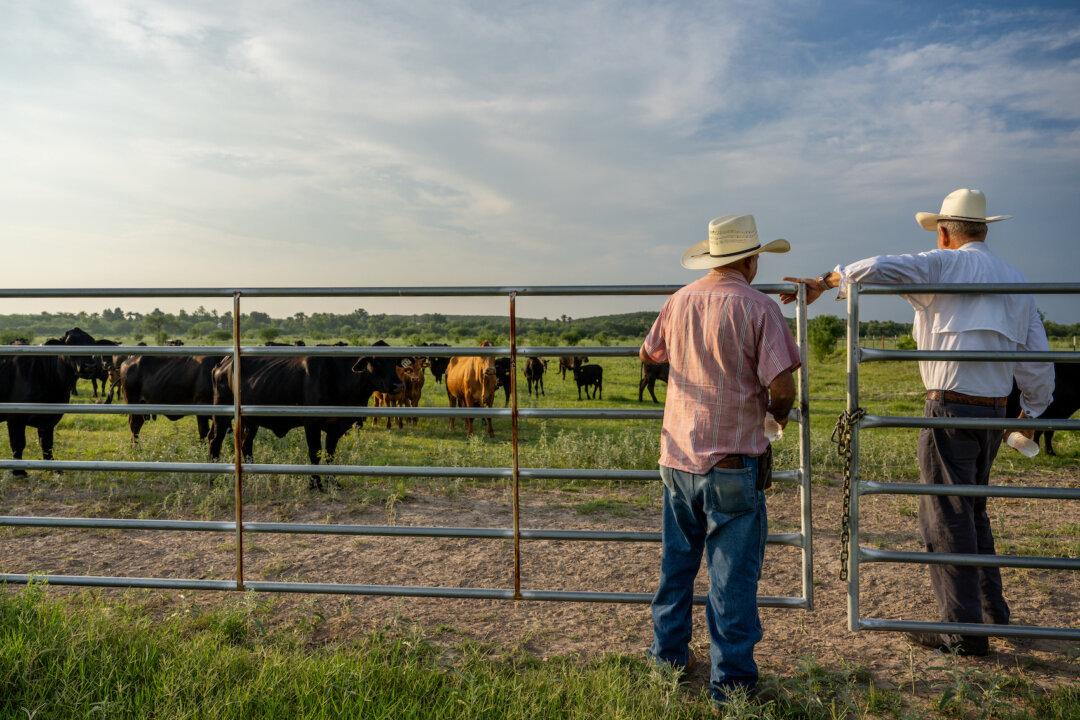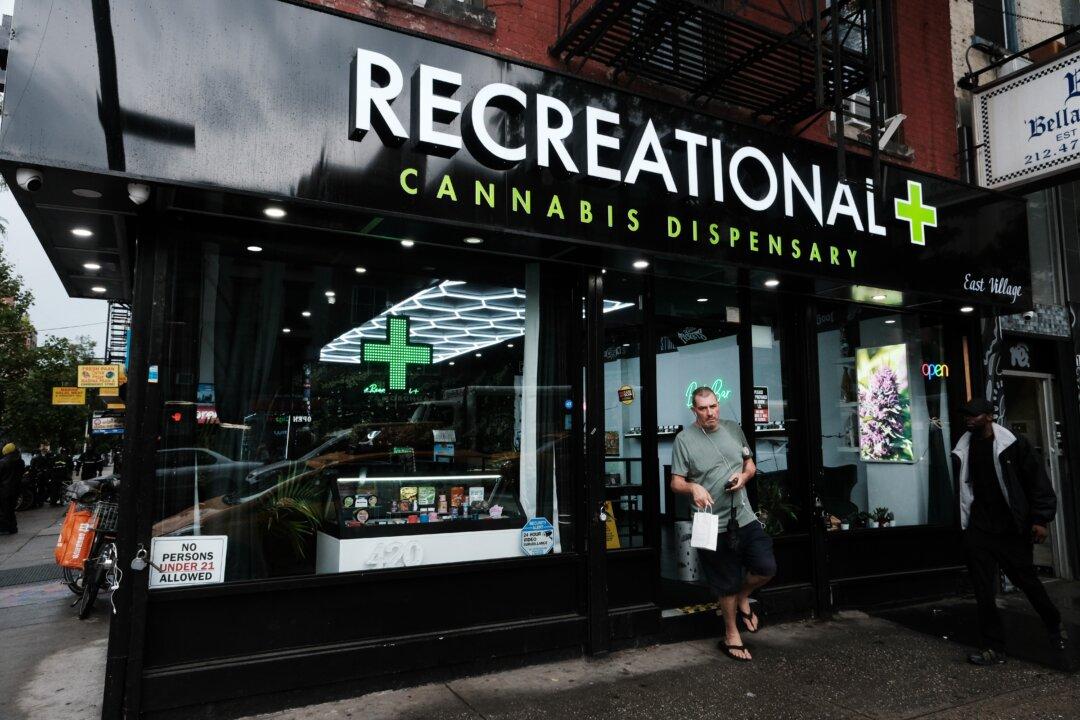Texans will not be electing state lawmakers when they hit the polls next month, but they will be deciding on 14 amendments — the highest number of propositions to appear on the ballot since 2007.
Among the broad array of amendments voters will find is Proposition 1, also known as the “Right to Farm Act,” which supporters say is necessary for food security.





